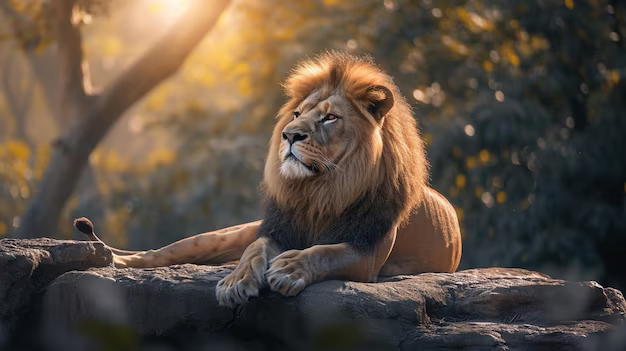meatthesavages.com – The lion, often referred to as the “King of the Jungle,” is a symbol of strength, courage, and majesty. Despite its moniker, lions are not typically found in jungles but rather in the grasslands and savannas of Africa and a few parts of Asia. This article delves into the fascinating world of lions, exploring their behavior, their role in ecosystems, and the challenges they face in the wild.
The Lion’s Domain
Lions are apex predators, meaning they sit at the top of the food chain in their respective environments. They are most commonly associated with the African savanna, where they play a crucial role in maintaining the balance of the ecosystem. In Asia, the Asiatic lion is found in the Gir Forest of India, a remnant population of what was once a widespread species across the continent.
Social Structure
One of the most distinctive features of lions is their social structure. They live in groups known as prides, which typically consist of several adult females, their cubs, and a few adult males. This social system is unique among cats and contributes to their success as predators and their ability to defend their territory against rivals.
Hunting and Diet
Lions are carnivorous and primarily hunt large ungulates such as zebras, wildebeest, and buffalo. Hunting is usually done by the females, who work together to stalk and ambush their prey. The success of a hunt depends on the coordination and strength of the pride members.
Conservation Challenges
Despite their regal status, lions face numerous threats in the wild. Habitat loss, human-wildlife conflict, and poaching are the main factors contributing to the decline of lion populations. Conservation efforts are crucial to protect these majestic animals and ensure their survival for future generations.
Conclusion
The lion’s reign as the “King of the Jungle” is a testament to its power and influence in the animal kingdom. However, the challenges they face in the wild remind us of the importance of conservation and the need to coexist with these magnificent creatures. By understanding and appreciating the lion’s place in nature, we can work towards a future where humans and wildlife can thrive together.
